Tandoori Masala Powder: The Flavor Bomb Every Kitchen Needs
Introduction: Why Tandoori Masala Is More Than Just a Seasoning
If you’ve ever bitten into a piece of juicy tandoori chicken and felt like your taste buds just joined a dance party in Mumbai — congrats! You’ve met tandoori masala powder. But this vibrant spice blend isn’t just about heat; it’s a global flavor phenomenon with roots deep in South Asian culinary traditions.
In this article, we’ll uncover the hidden layers of this beloved spice mix. From kitchen hacks to cultural trivia, get ready to explore why chefs and home cooks worldwide keep coming back to this aromatic powerhouse.
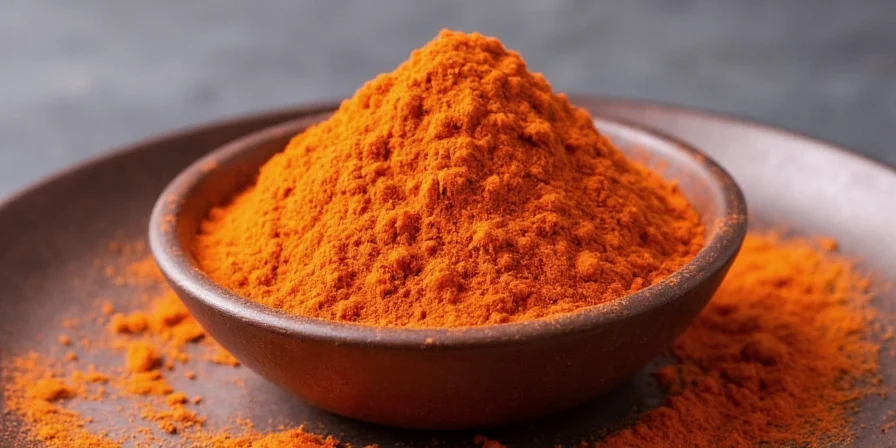
Table of Contents
- What Exactly Is Tandoori Masala?
- The Magic Ingredients Behind the Magic Flavor
- Top 7 Practical Tips for Using Tandoori Masala Like a Pro
- Tandoori vs. Garam Masala: What’s the Difference?
- How to Store It So It Keeps Its Kick
- From India to Your Kitchen: A Global Spice Journey
- Make Your Own Tandoori Masala at Home!
- Final Thoughts
What Exactly Is Tandoori Masala?
Tandoori masala is a spice blend originating from the Indian subcontinent, specifically designed to enhance the flavors of meats and vegetables cooked in a traditional clay oven called a tandoor. Unlike single-ingredient spices, tandoori masala is a symphony of aromatics that includes:
- Kashmiri chili (for color and mild heat)
- Cumin
- Coriander seeds
- Ginger and garlic powders
- Yogurt-friendly seasonings like fenugreek and turmeric
Its signature red-orange hue comes mostly from turmeric and Kashmiri chili — not always from intense heat!
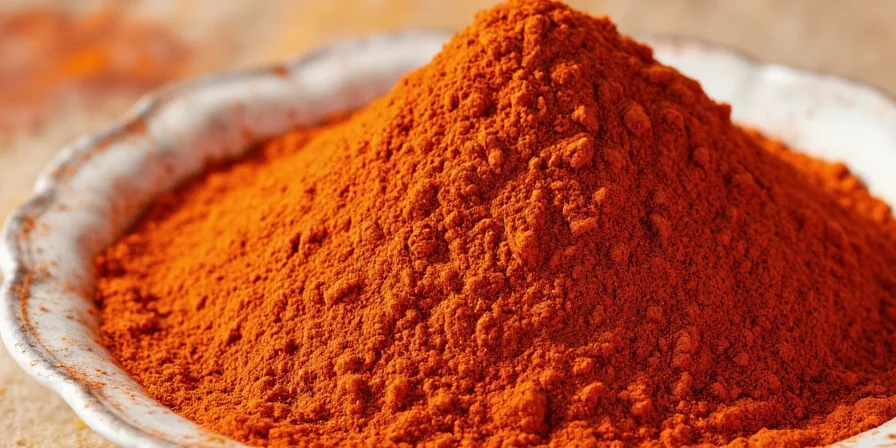
The Magic Ingredients Behind the Magic Flavor
To understand what makes tandoori masala stand out, let’s take a look at its key components:
| Ingredient | Flavor Profile | Role in the Blend |
|---|---|---|
| Kashmiri Chili | Mild heat, vibrant red color | Visual appeal without overwhelming spiciness |
| Cumin | Earthy, nutty, slightly bitter | Base layer of aroma |
| Coriander Seeds | Citrusy, floral | Balances earthy notes |
| Turmeric | Earthy, musty | Color and anti-inflammatory properties |
| Fenugreek | Slightly sweet, maple-like | Adds depth and complexity |
| Ginger/Garlic Powder | Sharp, zesty, pungent | Enhances umami and marinade penetration |

Top 7 Practical Tips for Using Tandoori Masala Like a Pro
Ready to level up your spice game? Here are seven handy tricks to make the most of your tandoori masala powder:
- Marinate overnight: Letting meat or veggies sit in the spice mix for several hours enhances flavor penetration. Think of it as giving your ingredients a spicy spa day.
- Mix with yogurt: Tandoori masala loves dairy. Combine it with plain yogurt for a classic marinade base that tenderizes proteins beautifully.
- Use it beyond Indian dishes: Tandoori masala adds a smoky-savory kick to burgers, roasted veggies, and even popcorn.
- Add a touch to soups: Stir a pinch into tomato-based soups or lentil stews for an unexpected flavor boost.
- Don’t skip oil when dry-rubbing: For best adhesion, mix a bit of neutral oil with the powder before applying it to meat or tofu.
- Balance with citrus: A squeeze of lemon or lime brightens the rich spices — think of it as the final garnish on a perfect curry.
- Experiment with ratios: Customize the blend by adding more cumin for earthiness or more chilies if you like it hot.

Tandoori vs. Garam Masala: What’s the Difference?
At first glance, tandoori and garam masala may seem interchangeable — but they’re more like cousins than twins. Let’s break down the differences:
| Characteristic | Tandoori Masala | Garam Masala |
|---|---|---|
| Primary Use | Marinades for grilled/roasted foods | Finisher spice for curries and stews |
| Heat Level | Moderate (can vary) | Mild (varies per region) |
| Main Flavors | Smoky, earthy, tangy | Warm, sweet, aromatic |
| Color | Reddish-orange | Brownish |
| Common Additives | Turmeric, chili, fenugreek | Cardamom, cinnamon, cloves |
Think of garam masala as the warm hug after dinner, while tandoori masala is the sizzling invitation to the meal.
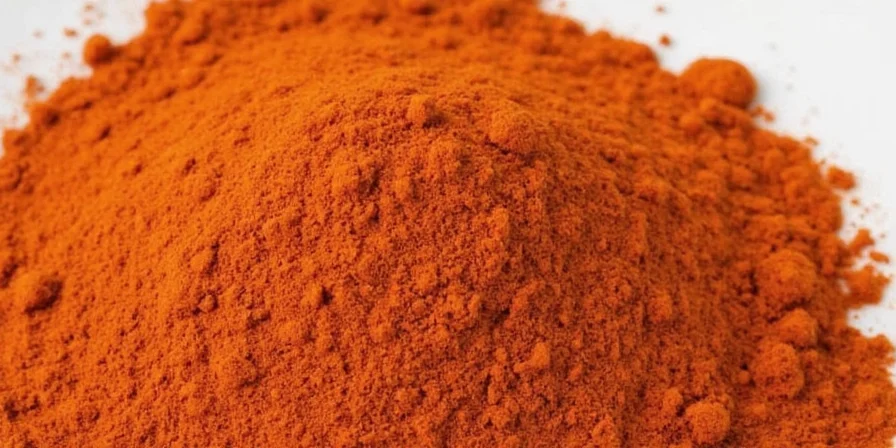
How to Store It So It Keeps Its Kick
Want your tandoori masala to last longer and taste better? Follow these simple storage tips:
- Store in an airtight container away from light and moisture.
- Keep it cool — avoid placing it near the stove or oven.
- Label your homemade blends with dates — store-bought lasts ~6 months, homemade ~3–4 months.
- For extra shelf life, store in the freezer (especially if you don’t use it daily).
From India to Your Kitchen: A Global Spice Journey
Tandoori masala started in North India but has since traveled far and wide. Today, it can be found in:
- UK-style curry houses (often used in “balti” dishes)
- American BBQ joints experimenting with Indian fusion
- Japanese ramen shops using it in spicy broths
- French fine dining as a bold finishing accent
Whether you're grilling in Texas or roasting in Tokyo, tandoori masala proves that good flavor knows no borders.
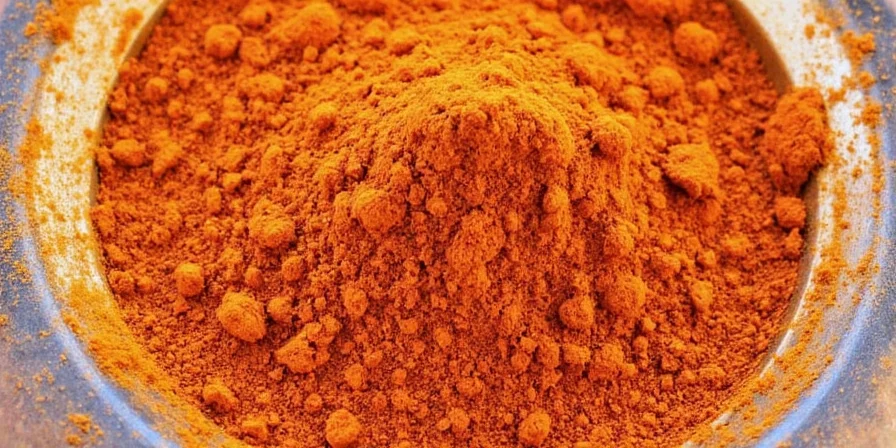
Make Your Own Tandoori Masala at Home!
Want to feel like a spice alchemist in your own kitchen? Here’s a simple DIY recipe:
Homemade Tandoori Masala Recipe
- 1 tbsp ground cumin
- 1 tbsp ground coriander
- 1 tsp Kashmiri chili powder
- 1 tsp ground turmeric
- ½ tsp fenugreek powder
- ½ tsp ginger powder
- ¼ tsp garlic powder
Mix all ingredients in a bowl until well combined. Store in a sealed jar and label it with pride!
Conclusion: Tandoori Masala Isn’t Just a Spice — It’s a Lifestyle
From its colorful history to its modern-day versatility, tandoori masala powder deserves a permanent spot in your spice rack. Whether you’re cooking for one or hosting a backyard feast, this flavorful blend brings warmth, depth, and a whole lot of joy to every bite.
So go ahead — open that jar, take a sniff, and let the global spice adventure begin. Who knew such a small bottle could pack so much punch?
Happy spicing!
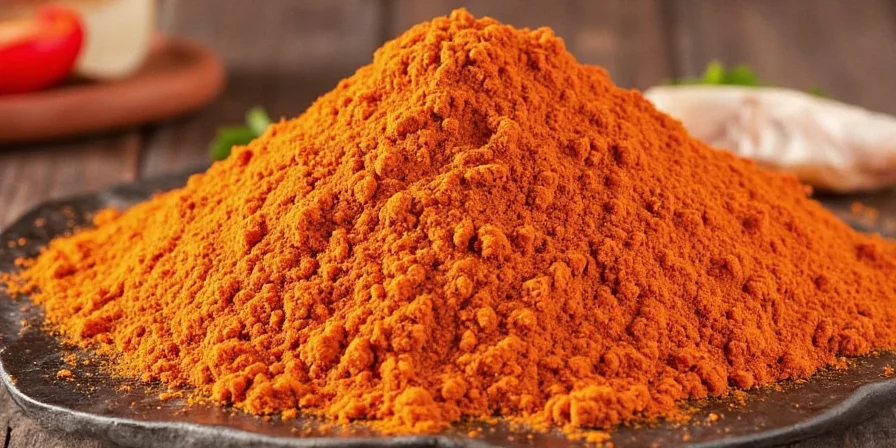

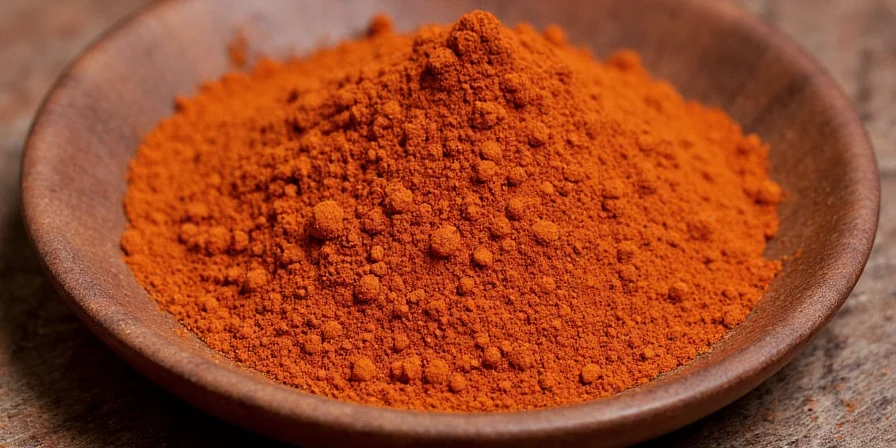









 浙公网安备
33010002000092号
浙公网安备
33010002000092号 浙B2-20120091-4
浙B2-20120091-4